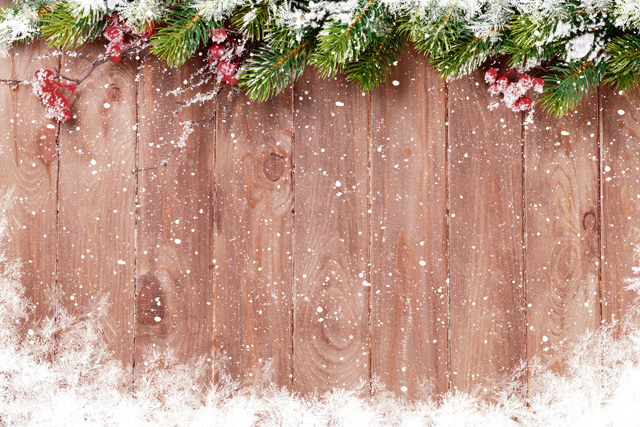
“Holiday traditions” are often so ingrained that we rarely stop to think about them. What happens, then, when you and your family move abroad and are cut off from grandmother’s pumpkin pie? Do you try to video-conference into a dining room filled with bleary-eyed loved ones nine time zones away? Do you desperately decorate your house with blazing lights and violate a dozen local ordinances in the process?
No. You do something better. You take a deep breath, get strategic, and build your own traditions. Doing so can create a lifetime of happy holiday memories. Even more importantly, this process may help avert future family holiday awkwardness. That alone should be enough to give this exercise a try.
Ready to get started? Here are five steps to tradition-building mastery.
Step 1: Be intentional about acknowledging reality.
When you move abroad, reality has a way of not being subtle. New rules, new languages, and new country codes are hard to ignore. But holidays are sneaky. Even in a new place, holidays tend to produce bubbles that fool us into thinking things haven’t changed that much. To move forward, the bubble has to pop. So pull out a pen and write down what you loved about holidays past. Then acknowledge that some of those things are gone. If it helps, have a ceremony in which you say goodbye to them.
Step 2: Have a “holiday traditions” brainstorm — all brains are required.
Now that you’ve mourned the loss of what once was, focus on the present. Gather your family and begin brainstorming. Write everything down. Ask yourself — and answer — questions like: what do the holidays really mean? What do you like about them? What do you not like? If you were free to start from scratch — if someone, say, picked you up and set you down in a different country — what would you do? Choose a moderator to make sure everyone participates.
Step 3: Dream big.
Keep the brainstorm going. You live in a place where the possibilities for holiday adventure are staggering. You could see northern lights in Scandinavia or sun yourself on Spanish beaches. Gorge on gasthaus Sunday brunches or fly to Bratislava to hunt for hand-painted holiday eggs. Wrap yourself in stinky Estonian spa mud or go for something more pine-scented in Karlovy Vary. All these places (and hundreds more) are available to you during the holidays. Many people back home would call them “once-in-a-lifetime” opportunities. And here you are…
Step 4: Think long-term.
By definition, traditions endure. But most of us are only going to be here, in Europe, for a finite period of time. The tradition-building process, however, is portable and highly adaptable. So when you move to Korea, Texas, Kansas, Italy, or wherever, take this process with you. Make tradition-building a tradition!
Step 5: Write down your plan and go.
Once you’ve mourned, brainstormed, and dreamed your way to what your family’s new holiday traditions could be, pick a short list of winners and write them down. Then stack hands and start executing the plan.
If you need inspiration, your home-built holiday traditions plan might look something like this:
- Take at least one holiday dream trip. For the moment, you’re a short (and usually cheap) flight away from Mediterranean islands, North Africa, the Arctic Circle, and many other spectacular places.
- Create a gratitude tree. Buy a posterboard, grab a Sharpie, and draw a tree — it doesn’t have to be fancy. Then each day in December, every member of the family creates a new “leaf” by writing down one thing for which they are thankful. On New Year’s Eve, gather as a family to read — aloud — what has been written. Do this every year, and do not throw these away. You’ll be amazed how meaningful they become over time, and how fun they’ll be to re-read as a family in the coming years.
- Each year, attend a holiday concert, ballet, religious service, or something similar in a language that is not your own.
- Make a small gift to a local charity, and then don’t mark them as spam when they send follow-up emails. It is good to remember that you once made a difference in the places you lived.


